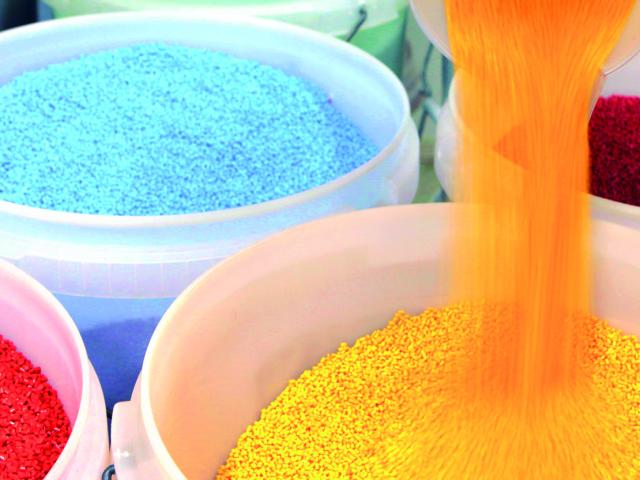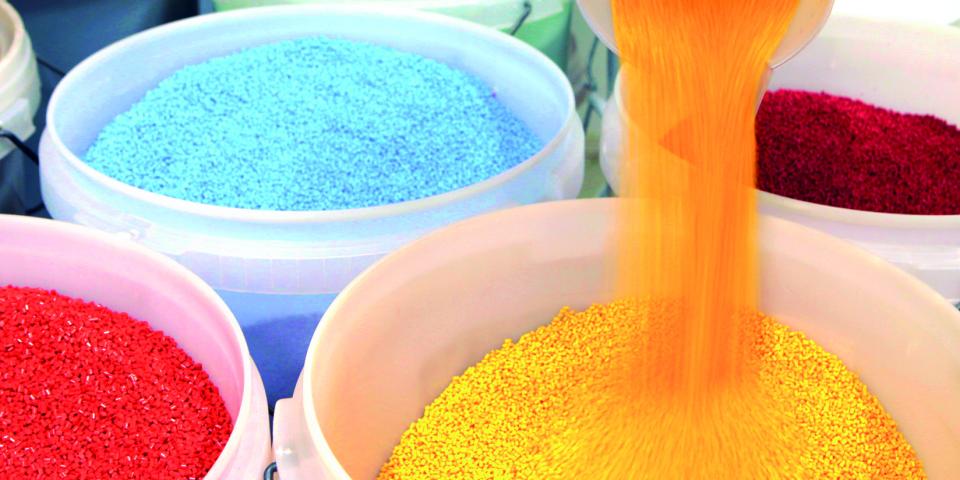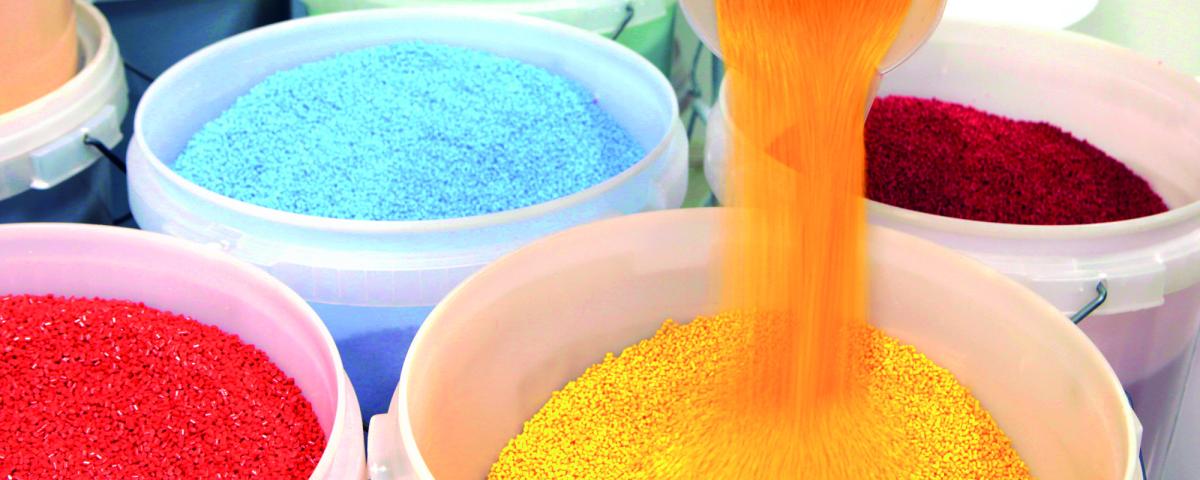From fossil fuels to sugarcane
Plastic is the most important raw material for our products. There are hundreds of sorts of plastic.
Flestic has more than 35 years of experience working with plastics. We are happy to advise you on which raw material has characteristics best suited to your product.
Roughly speaking, plastics made from fossil fuels can be divided into two categories: thermosets (non-recyclable) and thermoplastics (recyclable). We only work with thermoplastics. Thermoplastics change shape as they are heated. After cooling a thermoplastic holds its new shape. At Flestic we generally use one of the following materials:
- High-density polyethylene (HDPE)
- Low-density polyethylene (LDPE)
- Linear low-density polyethylene (LLDPE)
- Polypropylene homopolymer (PPH)
- Polypropylene copolymer (PPC)
- Polypropylene random copolymer (PPR)
- Acrylonitrile butadiene styrene (ABS)
- Polyamide (PA)
- Polyethylene terephthalate glycol (PETG)
- Styrene acrylonitrile (SAN)
- Polyoxymethylene (POM)
The disadvantage of fossil fuels is that they will eventually run out, and that their production involves high CO2 emissions. We therefore also put a great deal of time and energy into promoting renewables.
Renewable materials: sugarcane and polylactic acid
Materials made from sugarcane are excellent alternatives to PEs. The end product has the same positive characteristics, because sugarcane-based materials can be processed as easily as those based on traditional PEs. Nothing in the production process needs changing. The barrier characteristics of both materials are also the same. Finally plastic based on sugarcane is also 100% recyclable. The only disadvantage is that for the moment it comes at a higher price.
Polylactic acid (PLA or polylactide) is another biomass plastic. PLA is biodegradable and recyclable. PLA is not often recycled yet, because the supply is still small. PLA cannot yet be used as packaging material for liquid products, because its barrier characteristics are insufficient.




